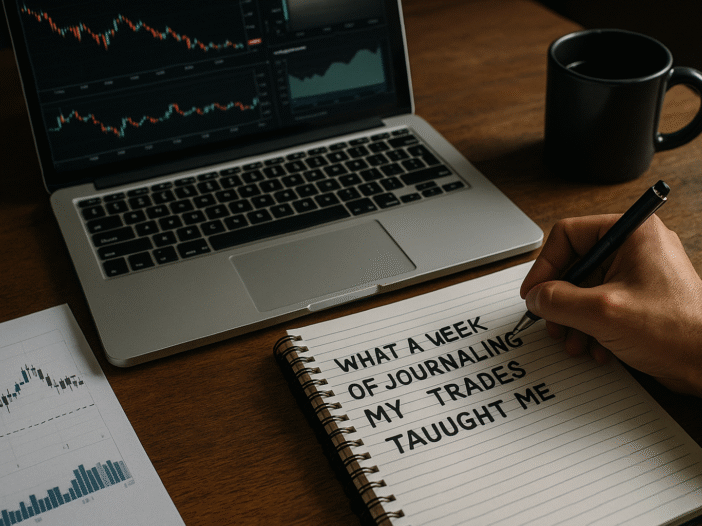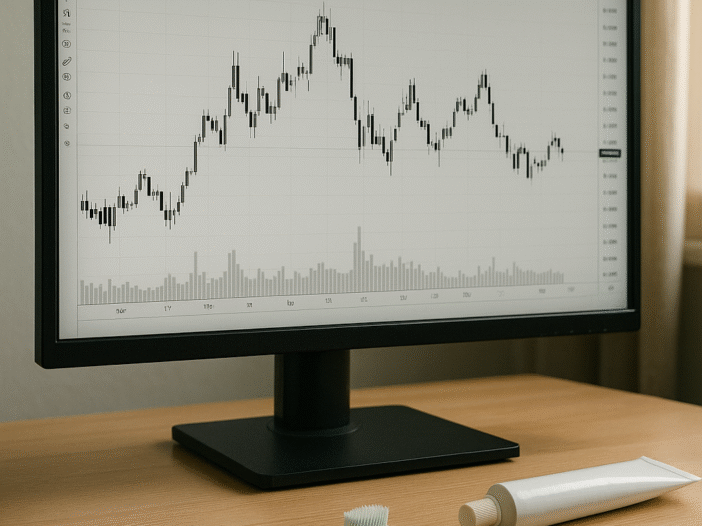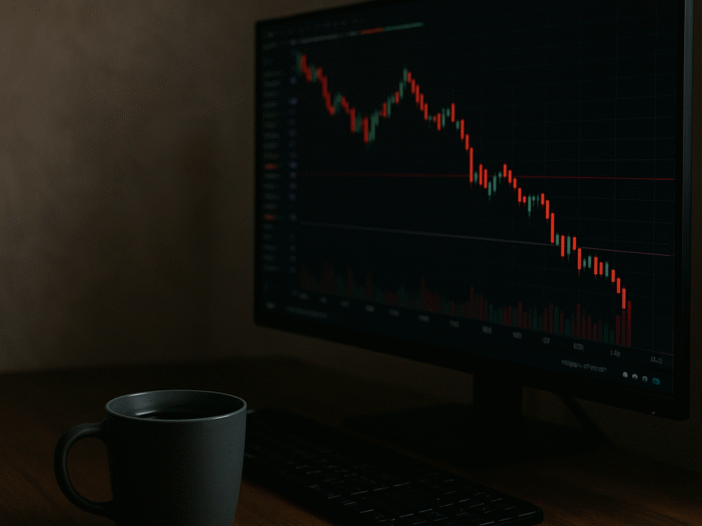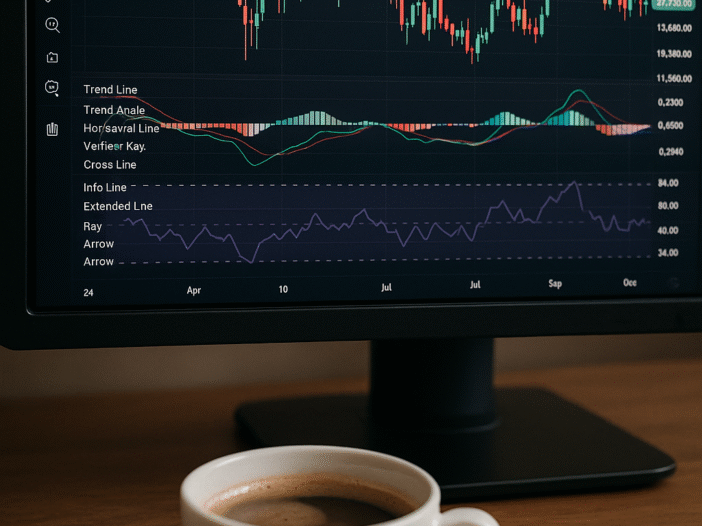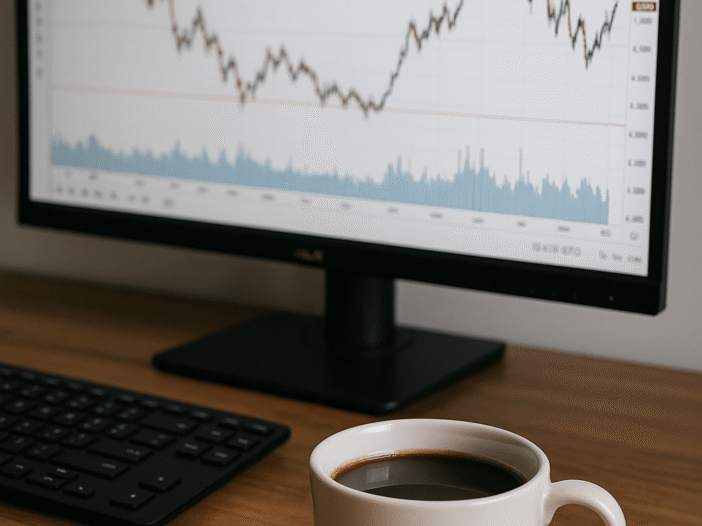Trading isn’t just about charts. It’s about showing up, paying attention, and writing down what actually happens. This past week, I journaled every single Tokyo session I traded. The surprising part? The lessons I pulled from journaling were more valuable than the trades themselves. 1. Showing Up Matters More Than Chasing Setups When you sit […]
blogs
My Chart Gets Cleaned Before My Teeth Are Brushed
Why I reset my charts daily, not for analysis, but to clear mental noise before the session even begins I clean my charts before I brush my teeth. Not because it’s efficient. Not because I’m a robot with a routine. But because it clears the noise before the market adds its own. A blank chart […]
Coffee Thoughts – The Market Owes You Nothing
I thought I was past this. After a string of red days, I caught myself thinking:“Surely I’m due for a winner.” That quiet little expectation- like the market keeps tabs and eventually hands you a break. It doesn’t. You can show up on time, follow your plan, do all the right things… and still lose.Then […]
Coffee Thoughts – When Boredom Becomes Expensive
There’s a special kind of boredom that only traders know. You’re flat. No setups. Just candles drifting.But you’re still there… staring at the screen.Waiting. Clicking. Fidgeting. Then comes the itch:“What if I just take this small one…?” You know it’s not in the plan.But it gives you something to do.Something to feel. And that’s how […]
Coffee Thoughts – Analysis is Not a Therapy Session
I’ve seen traders stack indicators like furniture in a hoarder’s garage. Moving averages. RSI. MACD. Fib levels. Support zones. Volume profiles.And still — no trade. They’ll call it “being thorough.” But let’s be honest. Most of the time, it’s just stalling. Analysis becomes a comfort blanket.The chart gets more complicated, not clearer.And decisions get pushed […]
Coffee Thoughts – Respect the Micro Account
I used to think trading micro lots was a joke. Too small. Too slow. “Not real trading.” That was my ego talking. Here’s what micro accounts really teach you:Discipline. Precision. Patience. You don’t get to muscle your way through mistakes.You don’t get lucky with size.You can’t afford to skip journaling or wing it — every […]
